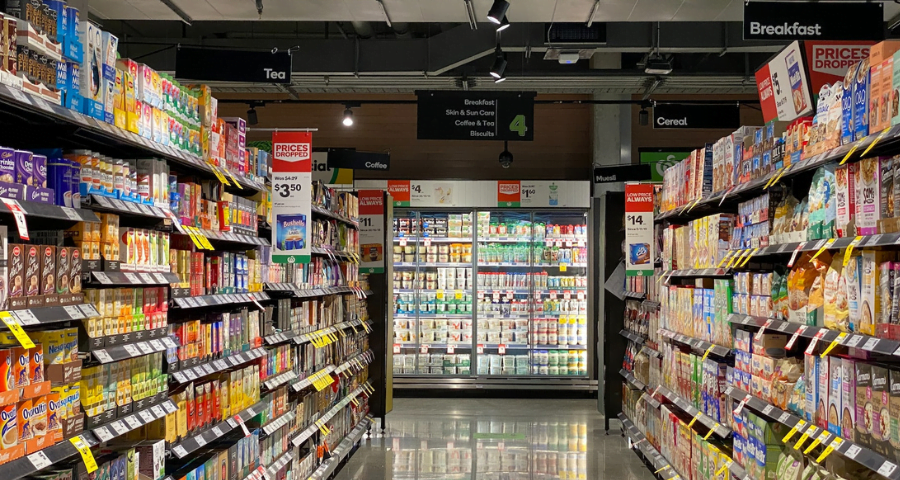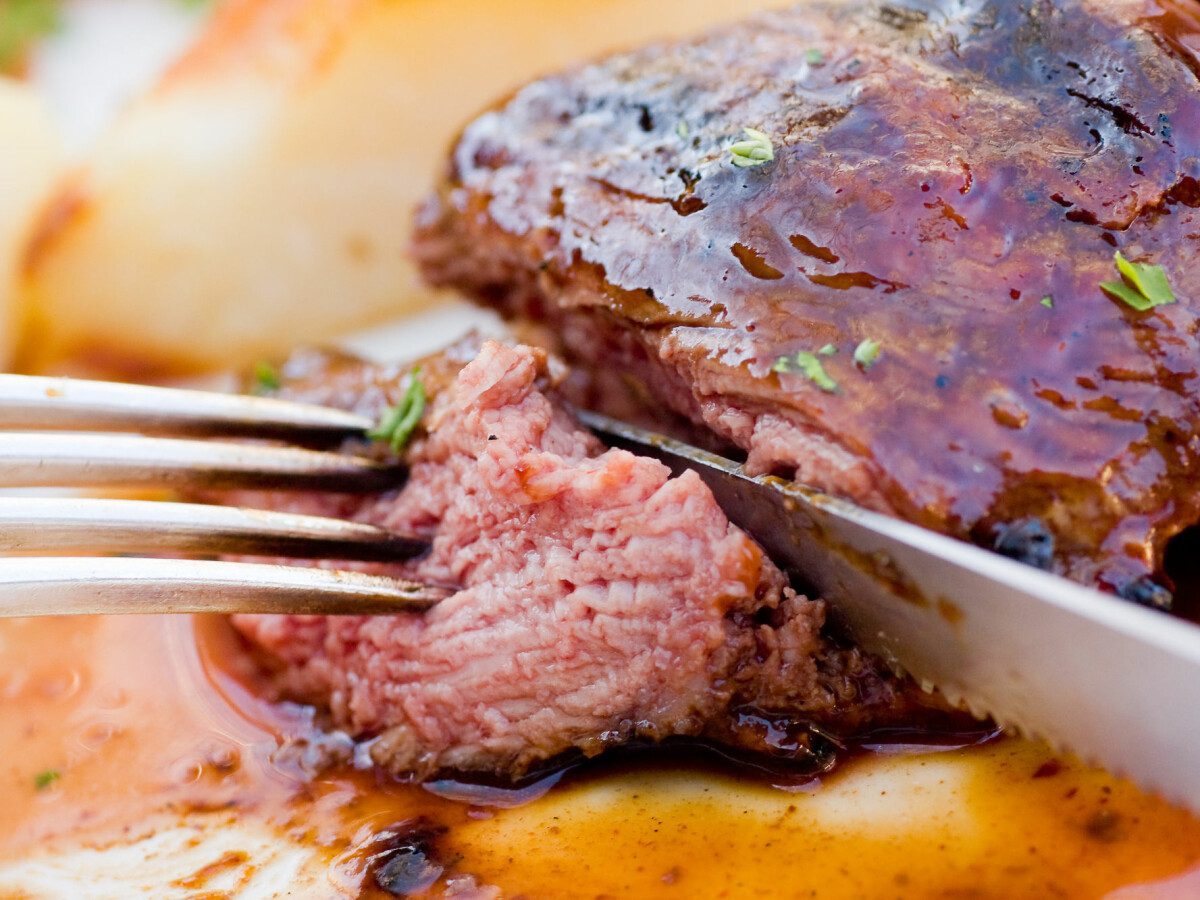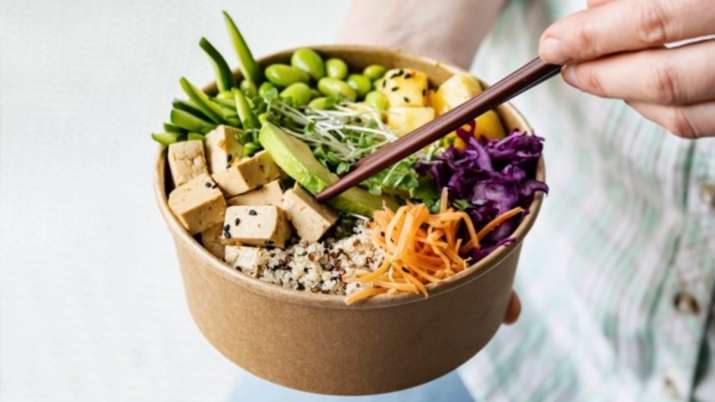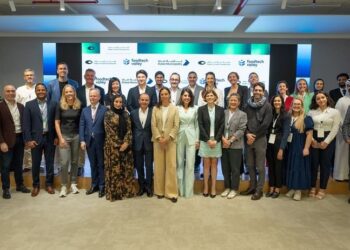Hanna L.TuomistoabcScott J.AllandeMarianne J.Ellise
a Future Sustainable Food Systems Research Group, Department of Agricultural Sciences, Faculty of Agriculture and Forestry, P.O. Box 27, University of Helsinki, 00014 Helsinki, Finland
b Helsinki Institute of Sustainability Science (HELSUS), P.O. Box 4, University of Helsinki, 00014 Helsinki, Finland
c Natural Resources Institute Finland (Luke), Latokartanonkaari 9, 00790 Helsinki, Finland
d EPSRC Centre for Doctoral Training, Centre for Sustainable Chemical Technologies, University of Bath, Claverton Down, BA2 7AY Bath, UK
e Department of Chemical Engineering, University of Bath, Claverton Down, BA2 7AY Bath, UK
Highlights
- Environmental impact of C2C12 cells grown in hollow-fiber bioreactor were estimated.
- Culture medium production had the highest contribution to the environmental impacts.
- Results were most sensitive to cell metabolism and mass increase in differentiation.
- Optimization of the culture medium composition helps to reduce the impacts.
- Use of renewable energy sources reduces the environmental impacts.
Abstract
The aim of cellular agriculture is to use cell-culturing technologies to produce alternatives to agricultural products. Cultured meat is an example of a cellular agriculture product, made by using tissue engineering methods.

This study aims to improve the understanding of the potential environmental impacts of cultured meat production by comparing between different bioprocess design scenarios. This was done by carrying out a life cycle assessment (LCA) for a bioprocess system using hollow fiber bioreactors, and utilizing bench-scale experimental data for C2C12 cell proliferation, differentiation, and media metabolism. Scenario and sensitivity analyses were used to test the impact of changes in the system design, data sources, and LCA methods on the results to support process design decision-making. We compared alternative scenarios to a baseline of C2C12 cells cultured in hollow fiber bioreactors using media consisting of DMEM with serum, for a 16-day proliferation stage and 7-day differentiation stage.

The baseline LCA used the average UK electricity mix as the energy source, and heat treatment for wastewater sterilization. The greatest reduction in environmental impacts was achieved with the scenarios using CHO cell metabolism instead of C2C12 cell metabolisim (64–67 % reduction); achieving 128 % cell biomass increase during differentiation instead of no increase (42–56 % reduction); using wind electricity instead of average UK electricity (6–39 % reduction), and adjusting the amino acid use based on experimental data (16–27 % reduction).
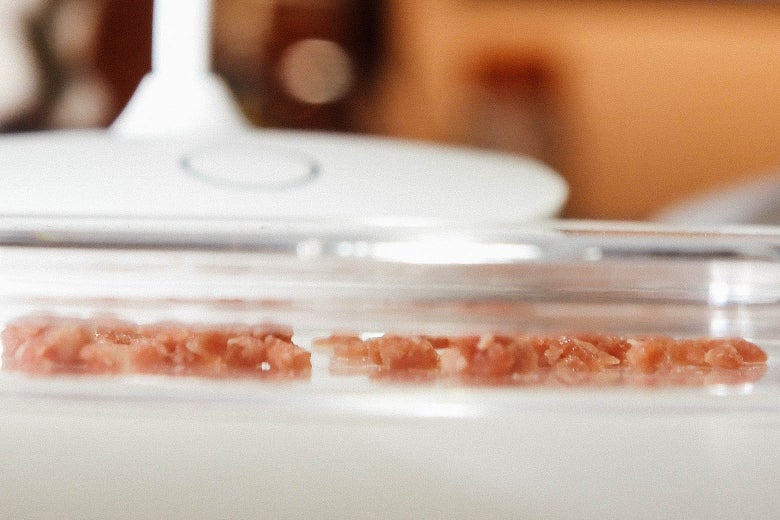
The use of chemical wastewater treatment instead of heat treatment increased all environmental impacts, except energy demand, by 1–16 %. This study provides valuable insights for the cultured meat field to understand the effects of different process design scenarios on environmental impacts and therefore provides a framework for deciding where to focus development efforts for improving the environmental performance of the production system.
** Click here to read the full article**







